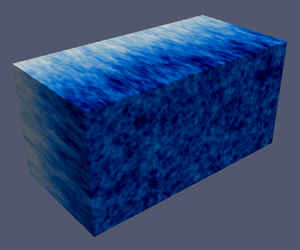Published online by Cambridge University Press: 25 August 2023

This paper proposes a low-divergence method to generate inhomogeneous and anisotropic turbulence. Based on the idea of correlation reconstruction, the proposed method uses the Cholesky decomposition matrix to re-establish turbulence correlation functions. This is in contrast with the time-consuming procedure used in conventional methods to solve eigenvalues and eigenvectors in each location required by coordinate transformation, thereby reducing the computational complexity and improving the efficiency of synthetic turbulence generation. The proposed method is based on the classical spectrum-based method that is widely used to generate homogeneous and isotropic turbulence. By adjusting the generation strategy of specific random vectors, inhomogeneous and anisotropic turbulence with a relatively low divergence level can be obtained in practice, with almost no additional computational burden. Two versions of the proposed method are presented: the inverter and shifter versions. Both the versions are highly efficient, easy to implement, and compatible with high-performance computing. This method is also suitable for providing high-quality initial or boundary conditions for scale-resolving turbulence simulations with large grid numbers (such as direct numerical simulations or large eddy simulations); it can be rapidly implemented using various open-source computational fluid dynamics codes or common commercial software.